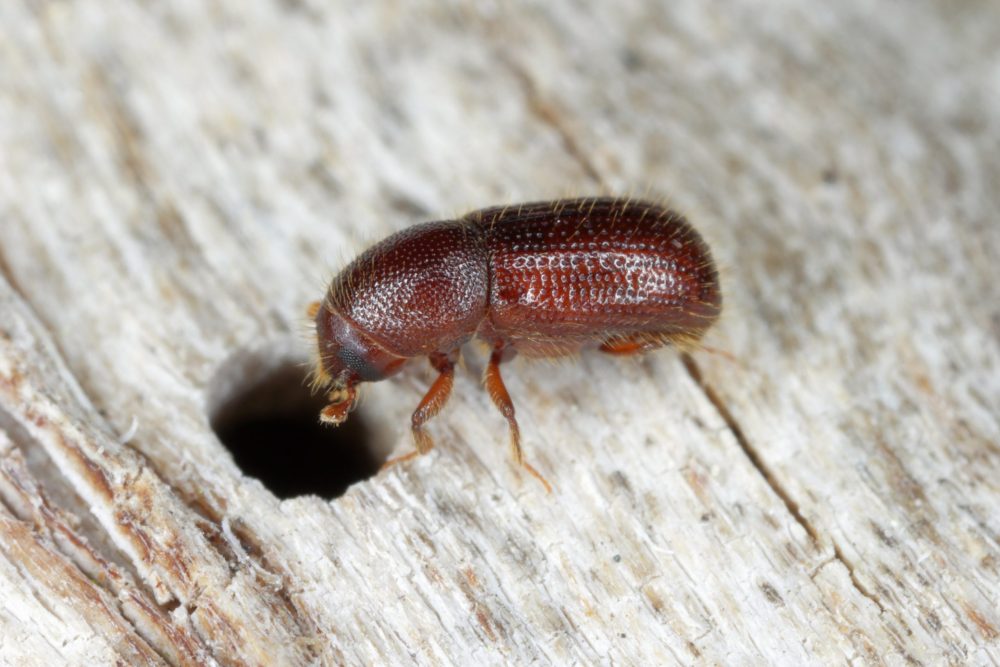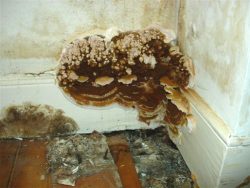Woodworm
This is caused by the larvae of certain species of beetle which is harboured in floorboards, joists and any other woodwork in the home. Adult beetles will lay eggs just beneath the surface of the wood. The resulting larvae then consume the wood around it which causes damage to the woodwork. The larvae then pupate and hatch into beetles which emerge and then lay eggs of their own. If the wood is left without treatment the process repeats itself.
There are four main species of beetle responsible for woodworm in the UK:
- The Common furniture Beetle
- Weevil
- Deathwatch Beetle
- House Longhorn Beetle
Detecting Woodworm
Areas showing signs of woodworm will unusually contain small holes (between 1mm – 1.5mm in diameter) on the wood surface. A live infestation will typically contain a powder around these holes, whereas if the holes go through the wood, it usually means that there has been a live infestation in the past.
On identifying a problem within your property initially you will be advised to have a survey inspection so that the infestation can be identified by the Surveyor and it be subsequently determined as to whether this was an active or inactive infestation. Thereafter if it was a requirement to deal with an ongoing active infestation, advice on repairs if so required and the subsequent treatment would be put forward in writing to you.


